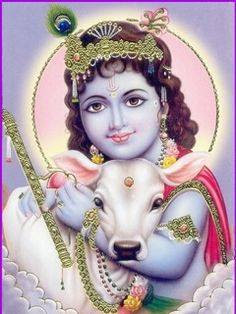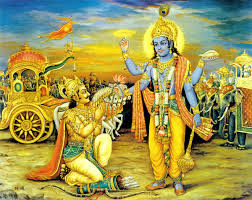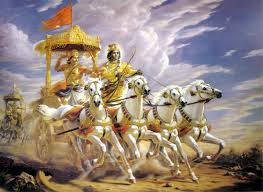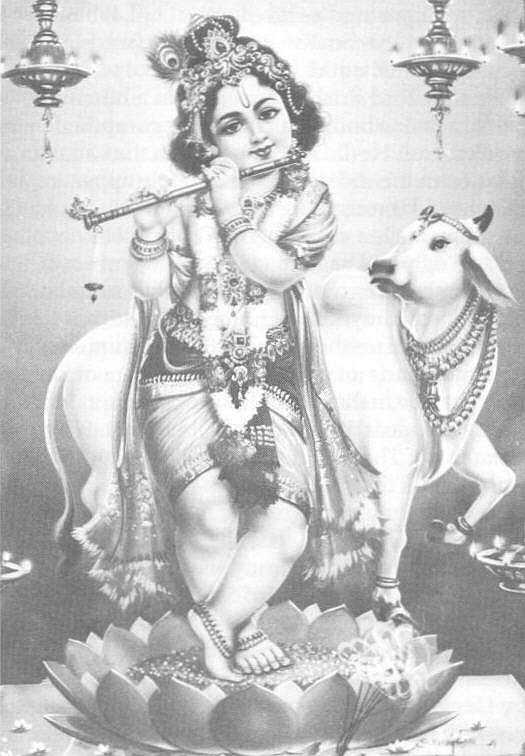Gita : Ch-7. Slo-8.

Very important Slokam Srimad Bhagavad-Gita : Chapter-7. ( Jnana-Vijnana-Yogam ) Slokam-8. ( O Arjuna, I am the taste of water, the light of the sun and the moon, the syllable om in the Vedic mantras; I am the sound in ether and ability in man. ) rasohamapsu kaunteya prabhasmi sasisuryayoh, prannavah sarvavedeshu sabdah khe paurusham nrshu. kaunteya apsu rasah = O, arjuna! the taste in water; sasisuryayoh prabha = the brightness ( light ) in the sun and moon; sarvavedeshu prannavah = 'OM' nkaram in all Veda-s; khe sabdah = the sound vibration in the ...











